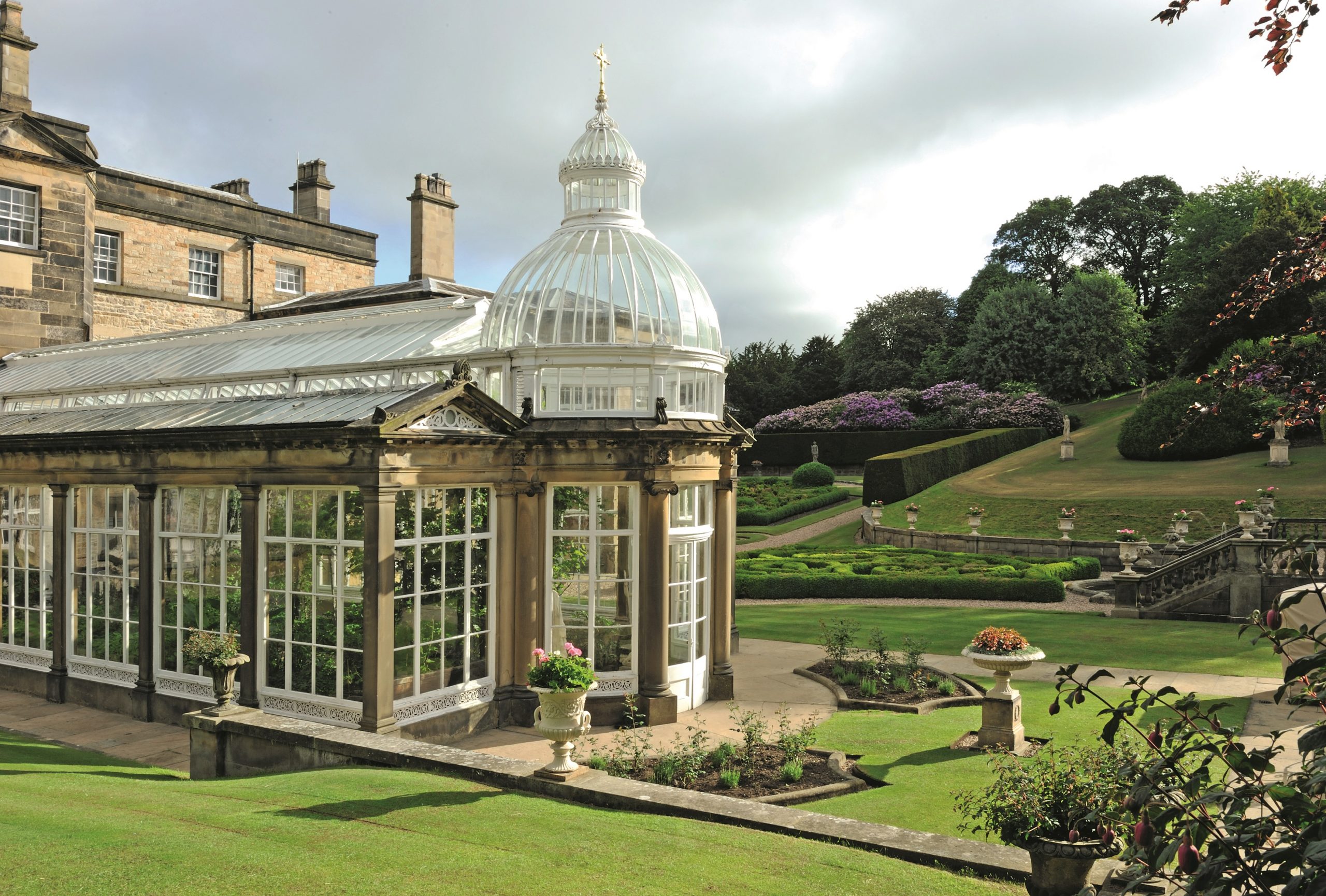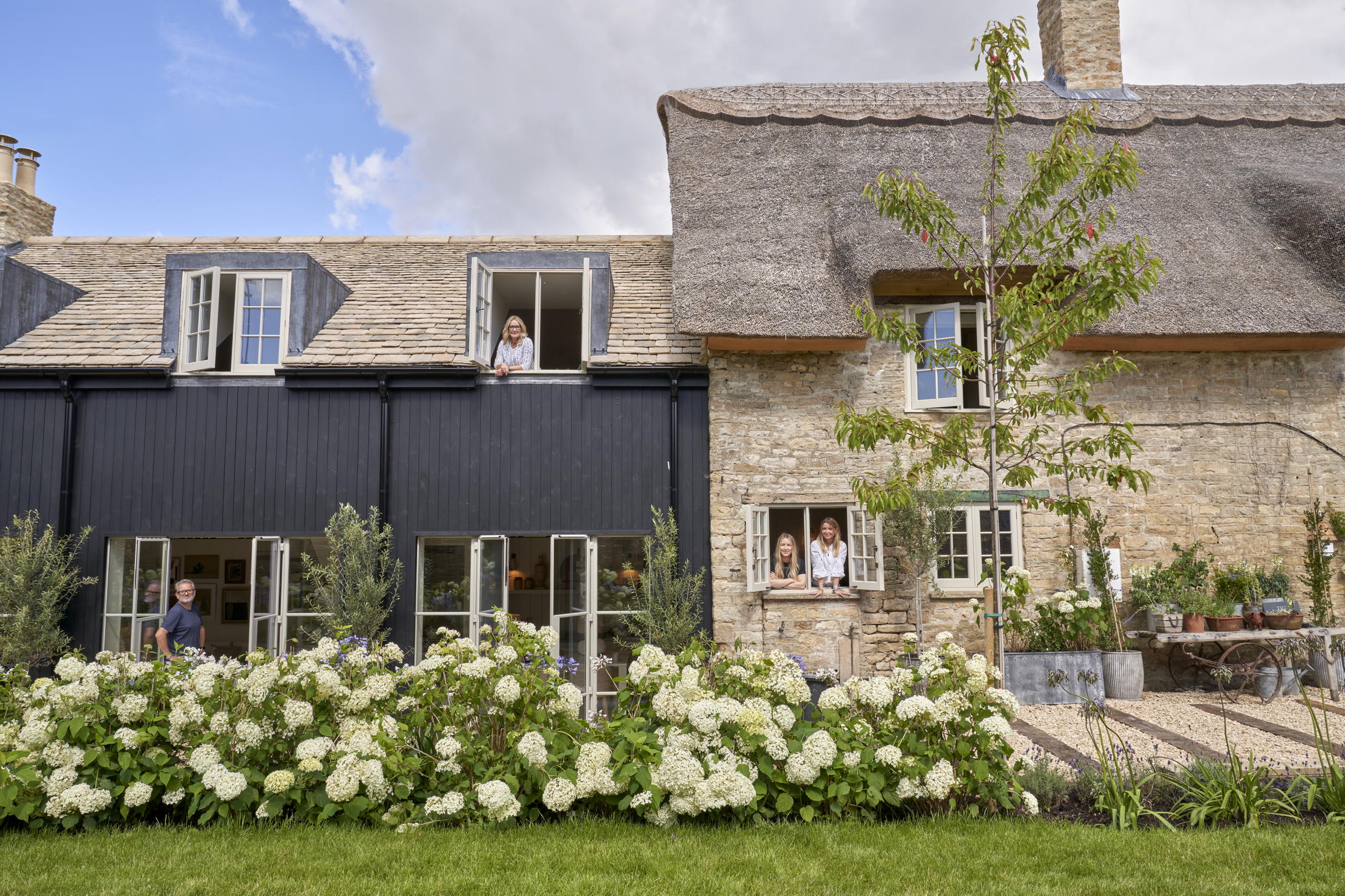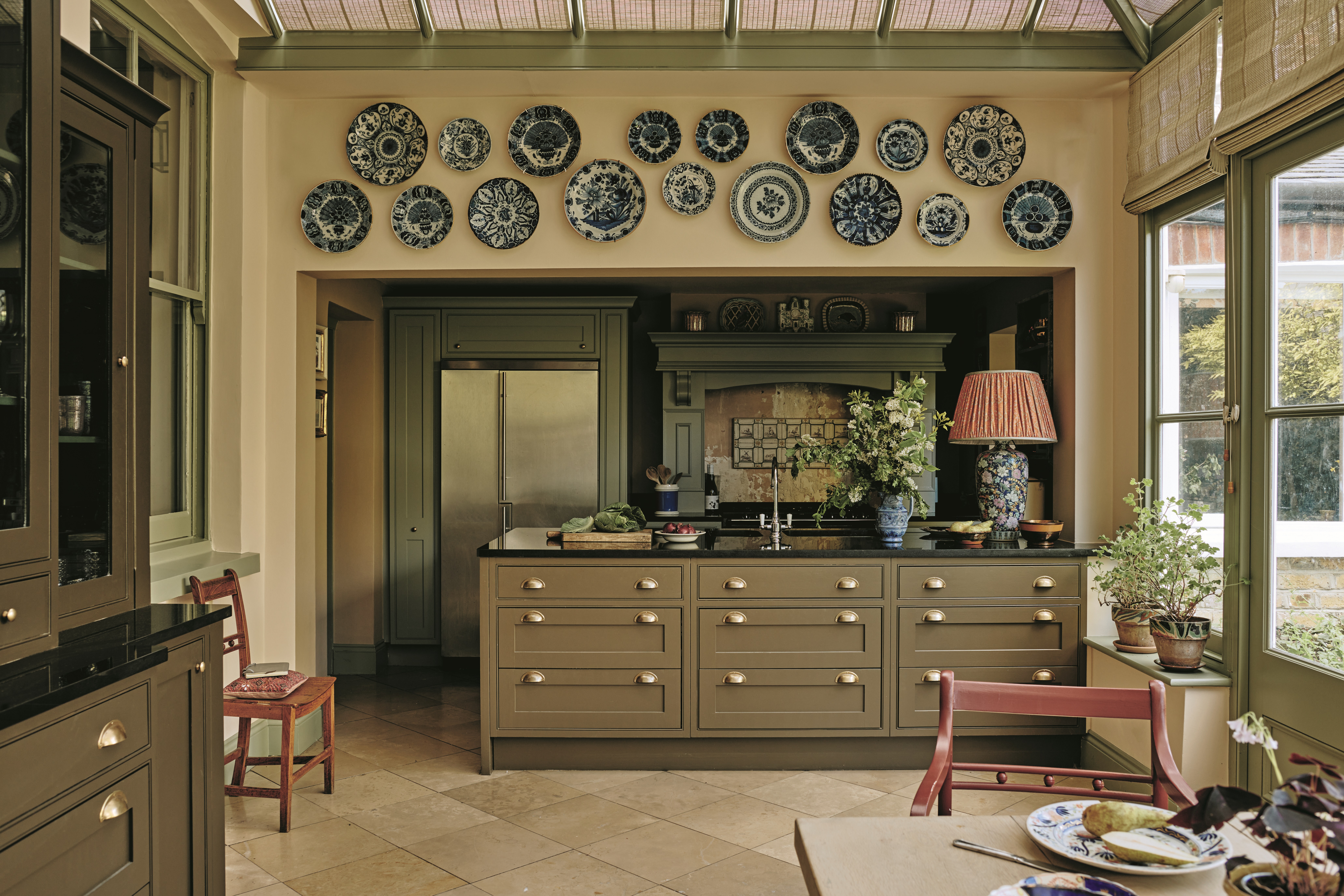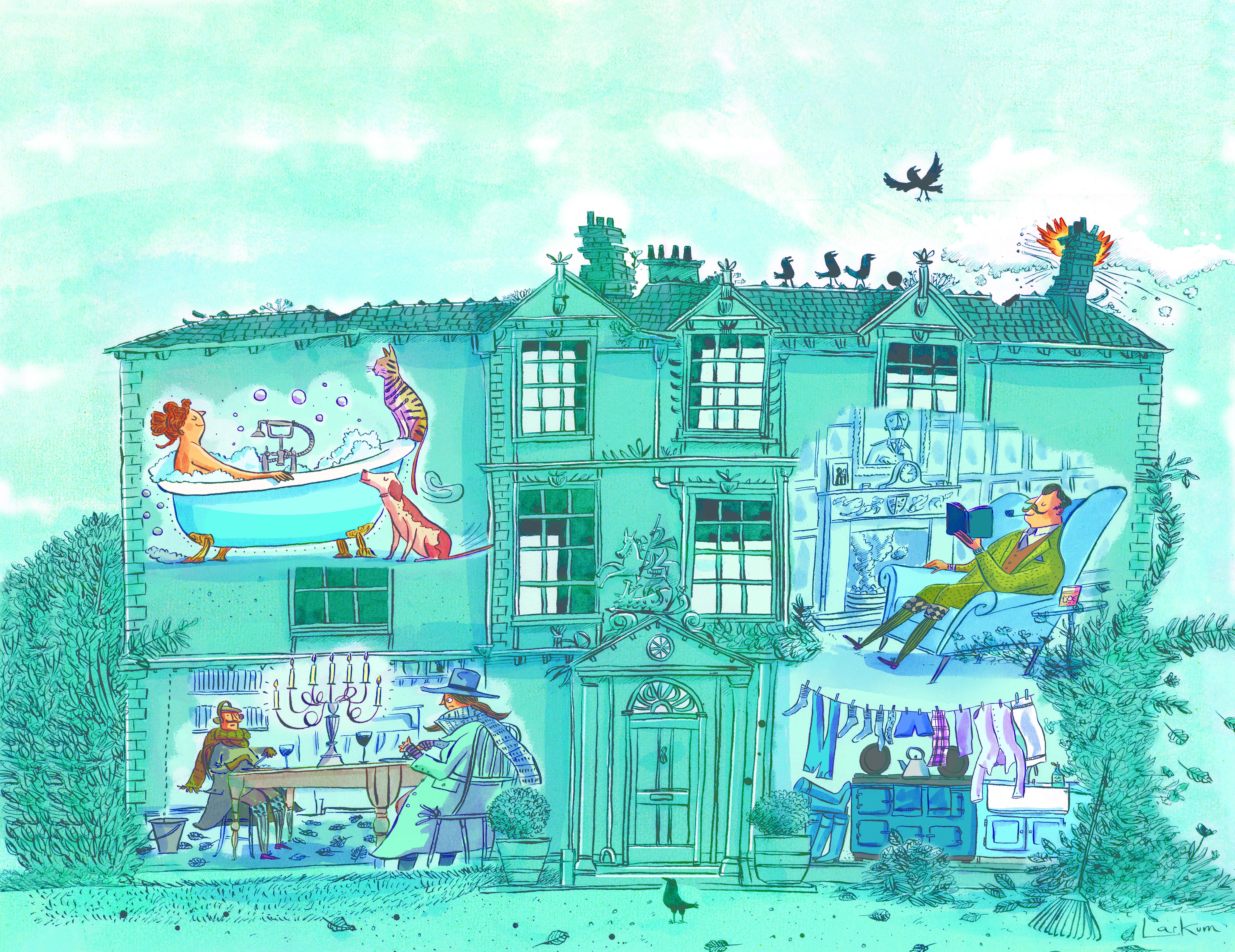Seven things you need to know about restoring a glasshouse
Lucy Denton shares expert insight into bringing a glasshouse back to its former glory with care and consideration, plus the experts to consult when you need assistance


Repairing a Victorian glasshouse is a truly specialist endeavour — no matter what the scale.
They key is to start the very second you notice anything that's awry. Trevor Marrs, head of restoration at Shepley Engineers of Whitehaven, refers to 'the spiral of doom' when discussing the right moment to repair Victorian conservatories and glasshouses.
‘Once failures start showing up — cracks in cast iron or bubbles in paintwork — they accelerate the longer you leave them,’ he explains.
Even the greatest glasshouses will have problems. The Temperate House at Kew Gardens recently needed a £41 million revamp to combat a list of distinctly everyday problems.
‘Moisture was the main problem,’ says Richard Barley, director of gardens at Kew.
‘Water ingress had caused corrosion of the metalwork, although there is also a lot of wood in the window structures and roof mouldings.’

You may not be repairing the largest surviving Victorian glasshouse in the world, as they were at Kew (it was a daunting undertaking: the scaffolding alone, if laid out end-to-end, would have orbited the M25).
Exquisite houses, the beauty of Nature, and how to get the most from your life, straight to your inbox.
But even a modest Victorian greenhouse will need careful handling. Here is what you should you do if you have a Victorian glasshouse or greenhouse that you're in charge of preserving for the next generation.
- Do your homework. Commission surveys right at the start to inform about the condition of the structure. Sourcing specialist engineering and architectural expertise is vital
- Understand historic significance. Discover whether there are any formal heritage designations to be respected
- Beware earlier inappropriate adaptations and bodged restorations. These may have altered the integrity and optimal functioning of the structure, especially after the First World War, when there was relatively little money and fewer garden staff to manage buildings.
- Restore, rather than replace. Timber can be repaired by splicing in new with old.
- Be aware that you might have to adapt. It may be necessary to change parts of the structure and its materials for sustainable use, substituting rare or expensive timber (such as teak, which is sometimes replaced with sweet chestnut) and lead paint for ethically appropriate and safe versions.
- Maintenance is key. It is vital to clean the edges of glazing bars and roofs
- Keep records. ‘One of the advantages we had in the restoration of the Temperate House was that we had Decimus Burton’s drawings,’ says Richard Barley at Kew, ‘which meant we knew what his intention was. Keeping good records now is important for the future’
Five of the best glasshouse restorers and specialists
- Shepley Engineers, Cumbria (01946 599022; www.shepleyengineers.co.uk)
- Foster & Pearson, West Sussex (01403 782868; www.fosterandpearson.co.uk)
- Dorothea Restorations, Bristol (0845 478 0773; www.dorothearestorations.com)
- Dolmen Conservation & Joinery, Kent (01233 746301; www.dolmenjoinery.co.uk)

How to make a Super Cottage, by designer Bee Osborn
There’s no reason why a small house shouldn’t feel like a big one, says interior designer Bee Osborn.

The new look in kitchens isn't chic and sleek — it's decorated and pretty
There’s no reason why a kitchen can’t be pretty; Arabella Youens speaks to designers who've made it their mission to

10 ways to insulate a period property
Modern technology might offer sustainable, cost-effective heat sources, but the best-value unit of energy is the one you don’t lose
Lucy Denton is a writer and architectural historian. She has worked for Adam Architecture, Sotheby’s and ArtUK, and has written for Hudson’s Historic Houses and The Times. She writes regularly for Country Life.

